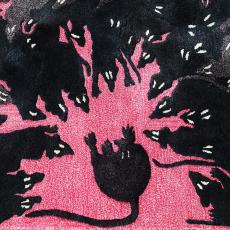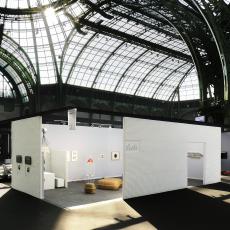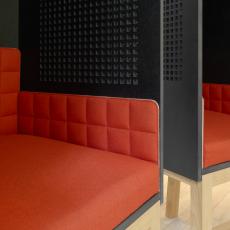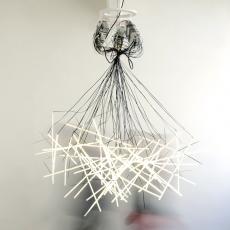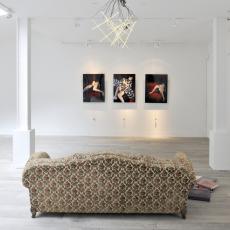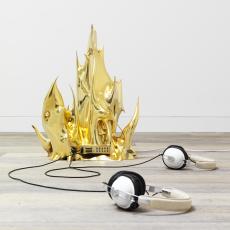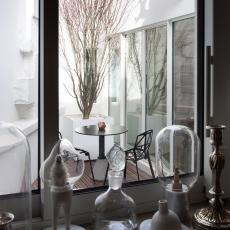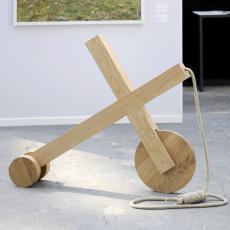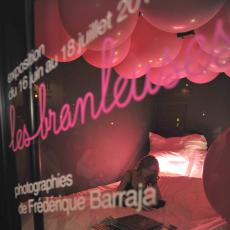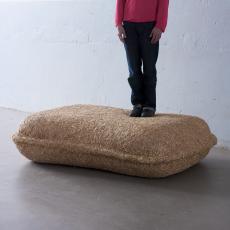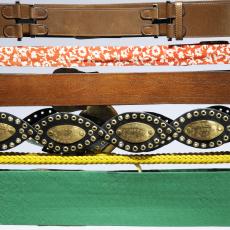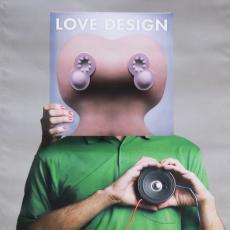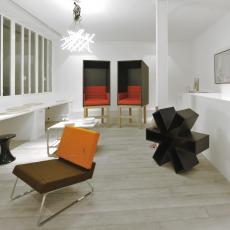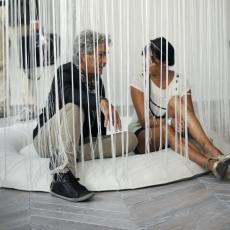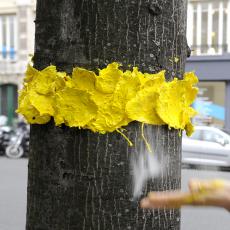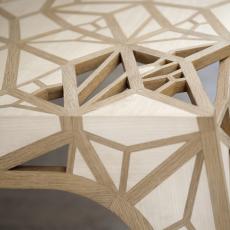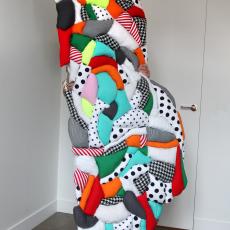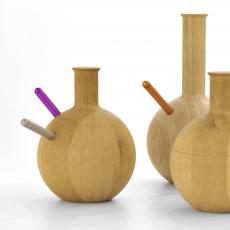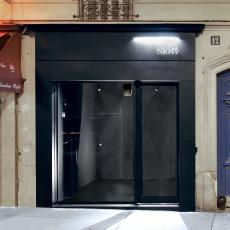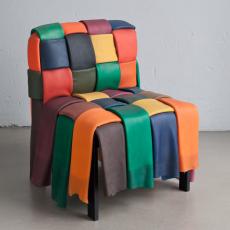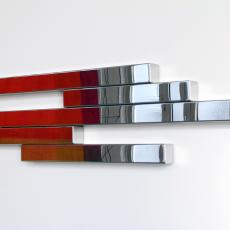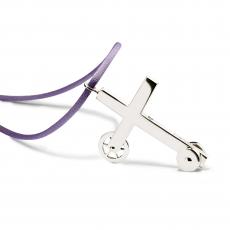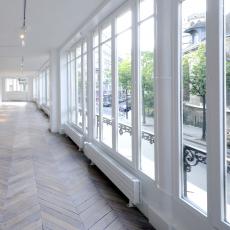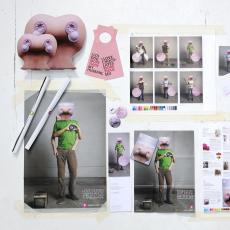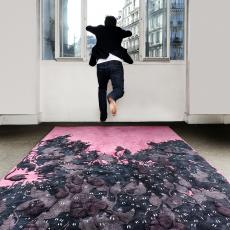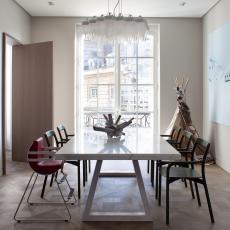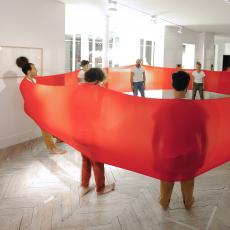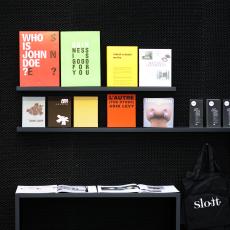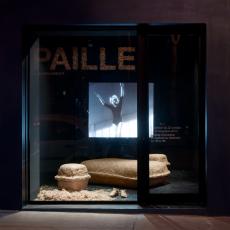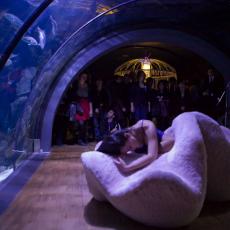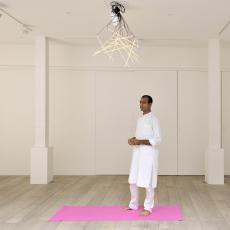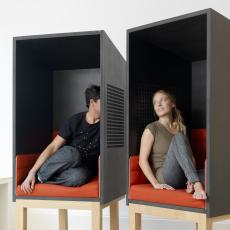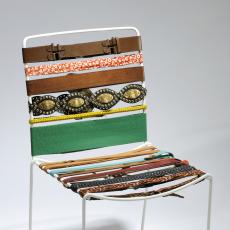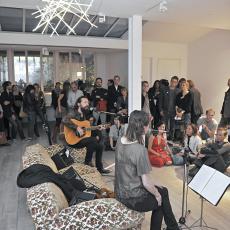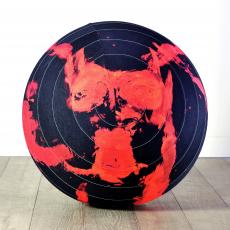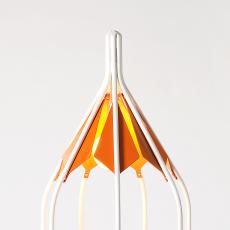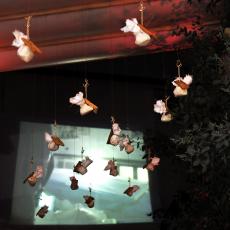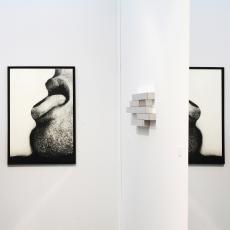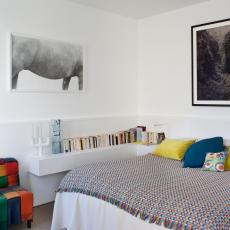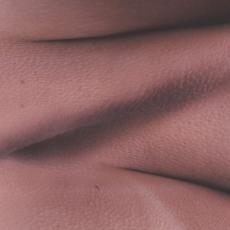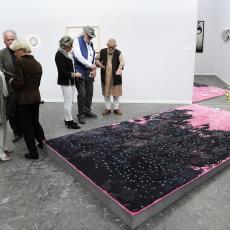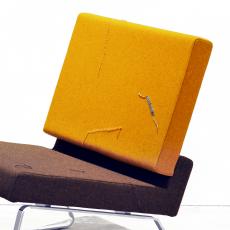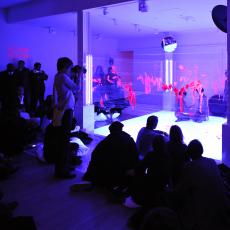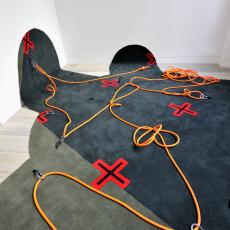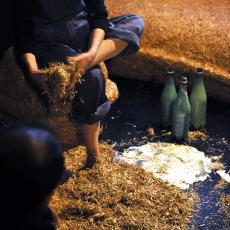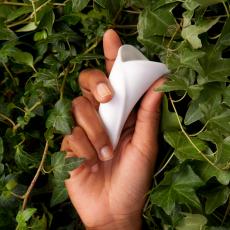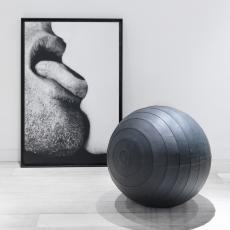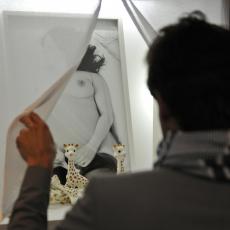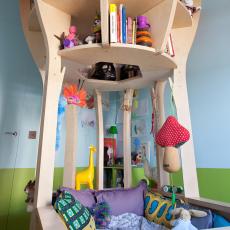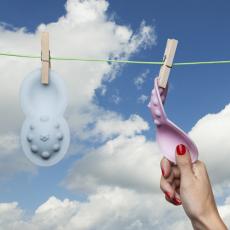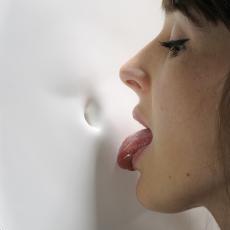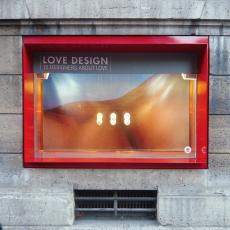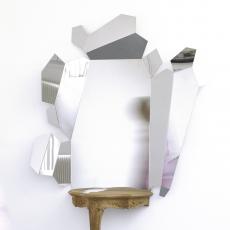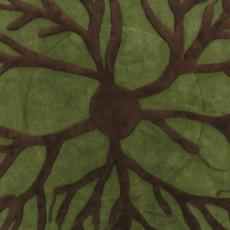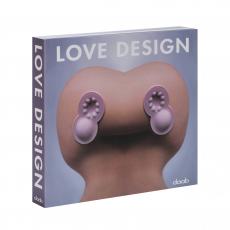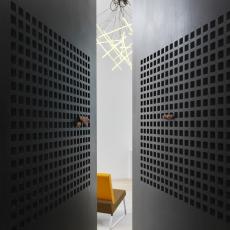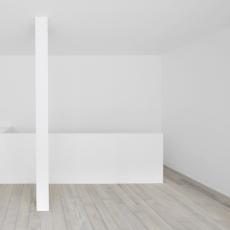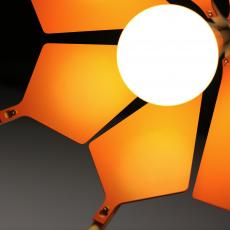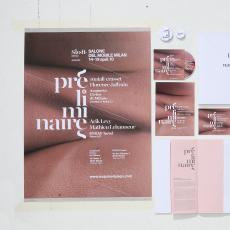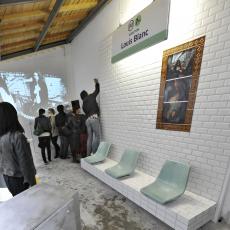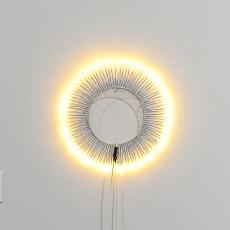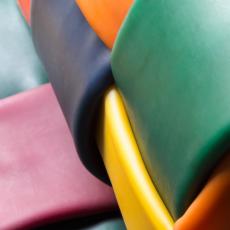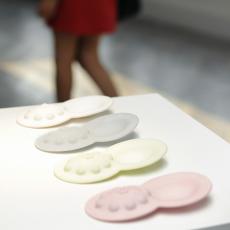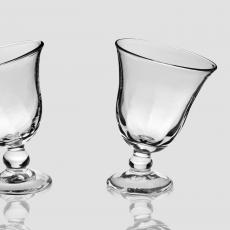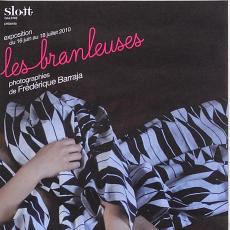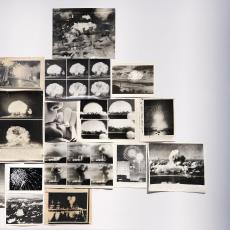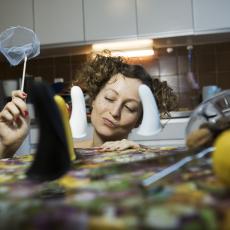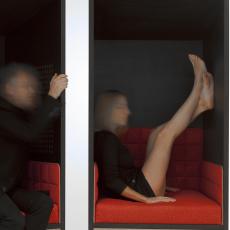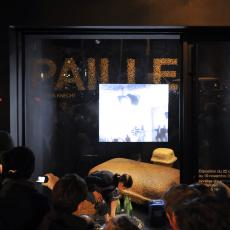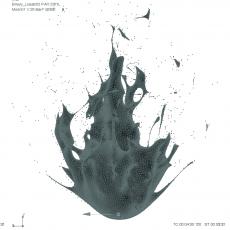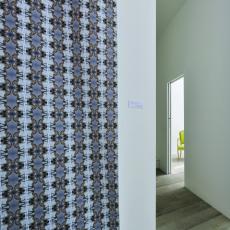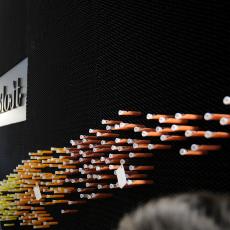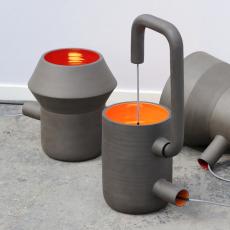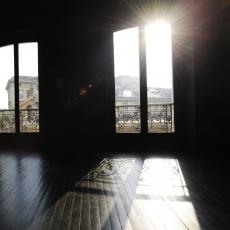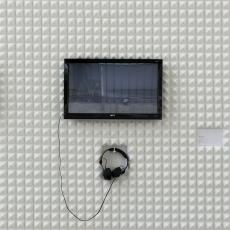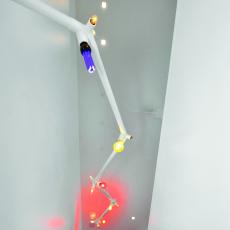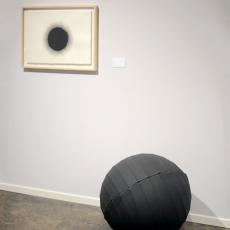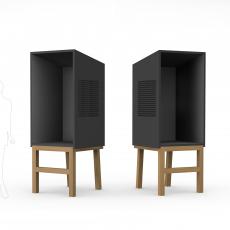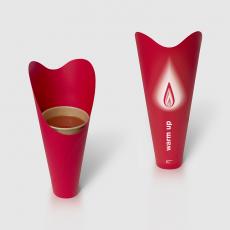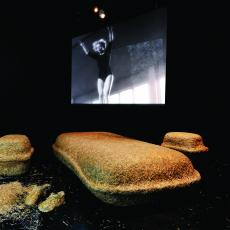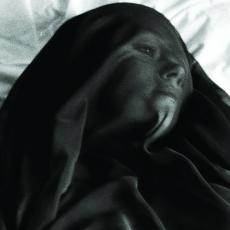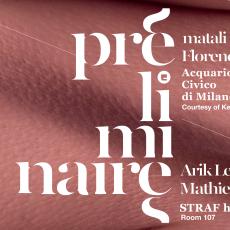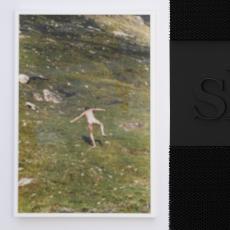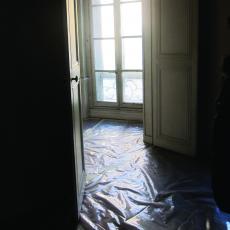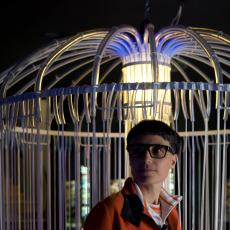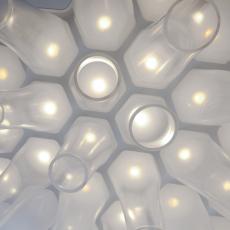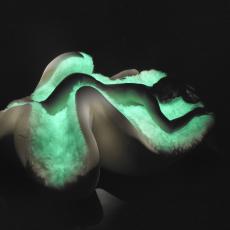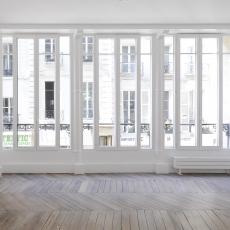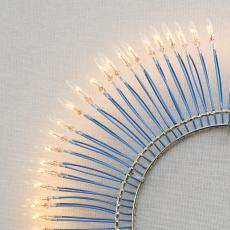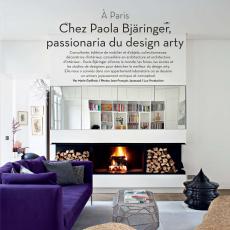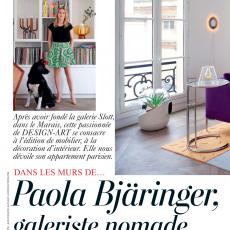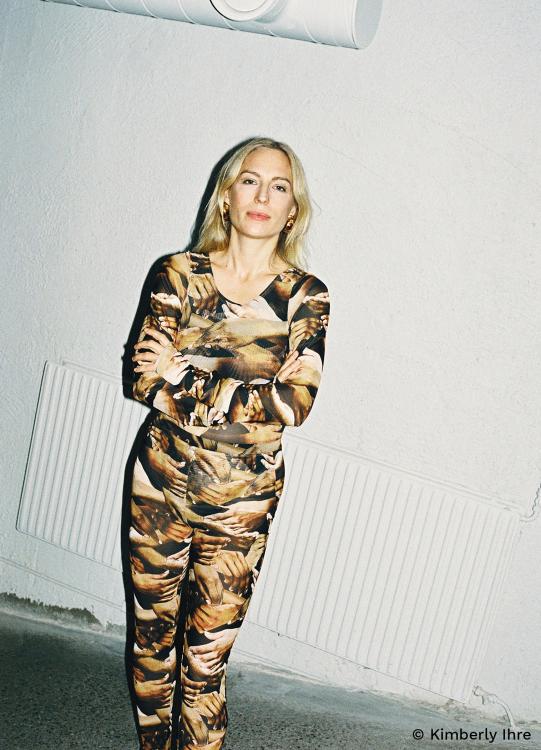
Perhaps because she grew up both in Sweden and France, two countries most often mentioned as polar opposites, Paola Bjäringer developed a deep curiosity regarding the other, especially dissimilar others, quite early in life.
Once she had come of age, Paola left Paris for the most cosmopolitan of European capitals, to pursue her interest in sociology, eventually earning a master’s degree in gender studies from London School of Economics. Through this experience, and her several trips to various destinations during this period, particularly India, Paola became fascinated by the relationships between gender and objects. It was then that she decided to choose the signification and symbolism of women’s sex toys around the world as her research focus.
Between totem and taboo, her work would lead her to discover that the objects she was studying, although quintessentially intimate and feminine, were mostly designed by men. In light of this paradox, Paola made up her mind to produce a series of sex toys designed by and for women. This decision soon brought her into contact with the renowned French designer Matali Crasset, with whom she developed the first “lovetoy” of her collection, whose shape, quite different from other objects putatively in this same category, also accentuated its function.
Soon thereafter, Paola was inspired to engage in a broader examination of objects and human relationships in our contemporary societies, reflections given shape in a book bringing together works by a group of designers, already famous then or who have since become so, which she entitled Love Design, clearly echoing not only its content but Paola’s increasingly ardent passion for the object as art. This, in turn, led to a series of exhibitions in several European capitals on the social role of design.
Paola would give full rein to this passion in a much-noted event at her exhibition space Slott Gallery, displaying works especially created for the occasion by Matali Crasset, of course, but also by other designers, including Contemporary Domestic Confessional by Arik Levy, which is now part of the the Art Institute of Chicago’s permanent collection, and The Power of Love by Mathieu Lehanneur, which has joined that of the San Francisco Museum of Modern Art.
Having arrived at the conclusion of this design study on gender, which certainly could not be described as a mere passing fancy, Paola knew that she wanted to devote her professional career to the production of furniture and objects in special editions or limited-edition series, and to the discovery of new, talented designers. She then further solidified her presence in the field of design by opening a second gallery space in the upper Marais district in 2012, entirely dedicated to “design-art”, an emerging niche that has since become her speciality.
At the same time, she took on a project to completely refurbish a sumptuous space on the Left Bank of Paris. Nestled between the Pont Neuf and the Pont des Arts, at the site of the former Tour de Nesle, this apartment has been conceived as a backdrop where exceptional original design pieces could take their place and be endowed with all their meaning, freed of the constraints and distancing inherent in the exhibition of works in galleries.
Convinced that art and design are converging to such an extent that the “design-art” market will soon no longer be distinguishable from the contemporary art market, Paola has now decided to bring together the experience she has acquired as a producer of objects, gallery owner, collector, publisher and curator within a single consultancy offering for an international clientele, lending her expertise and drawing on the extensive network she has built up over the years, where visual and applied artists, designers, interior architects, photographers and collectors all rub shoulders.


